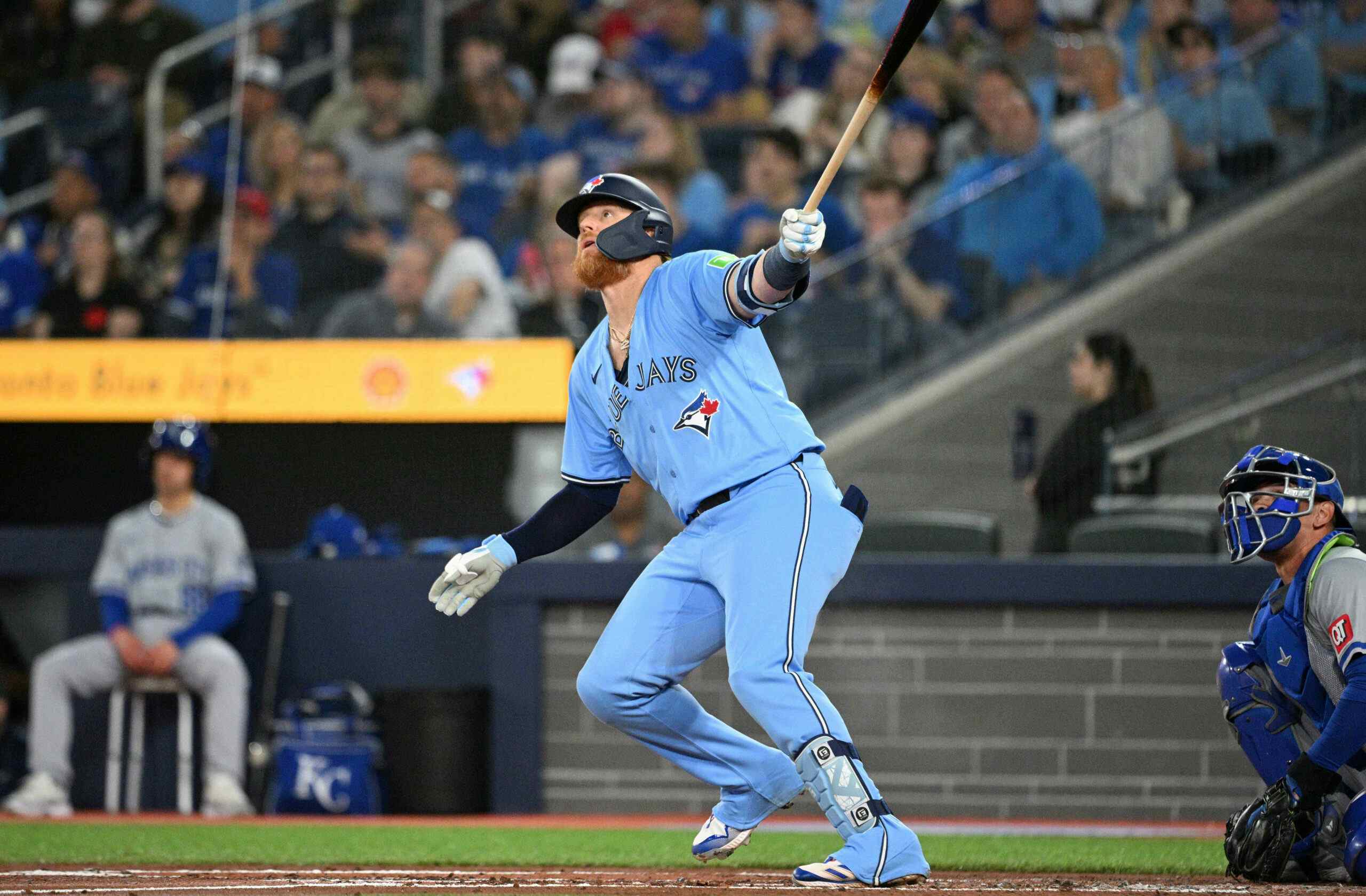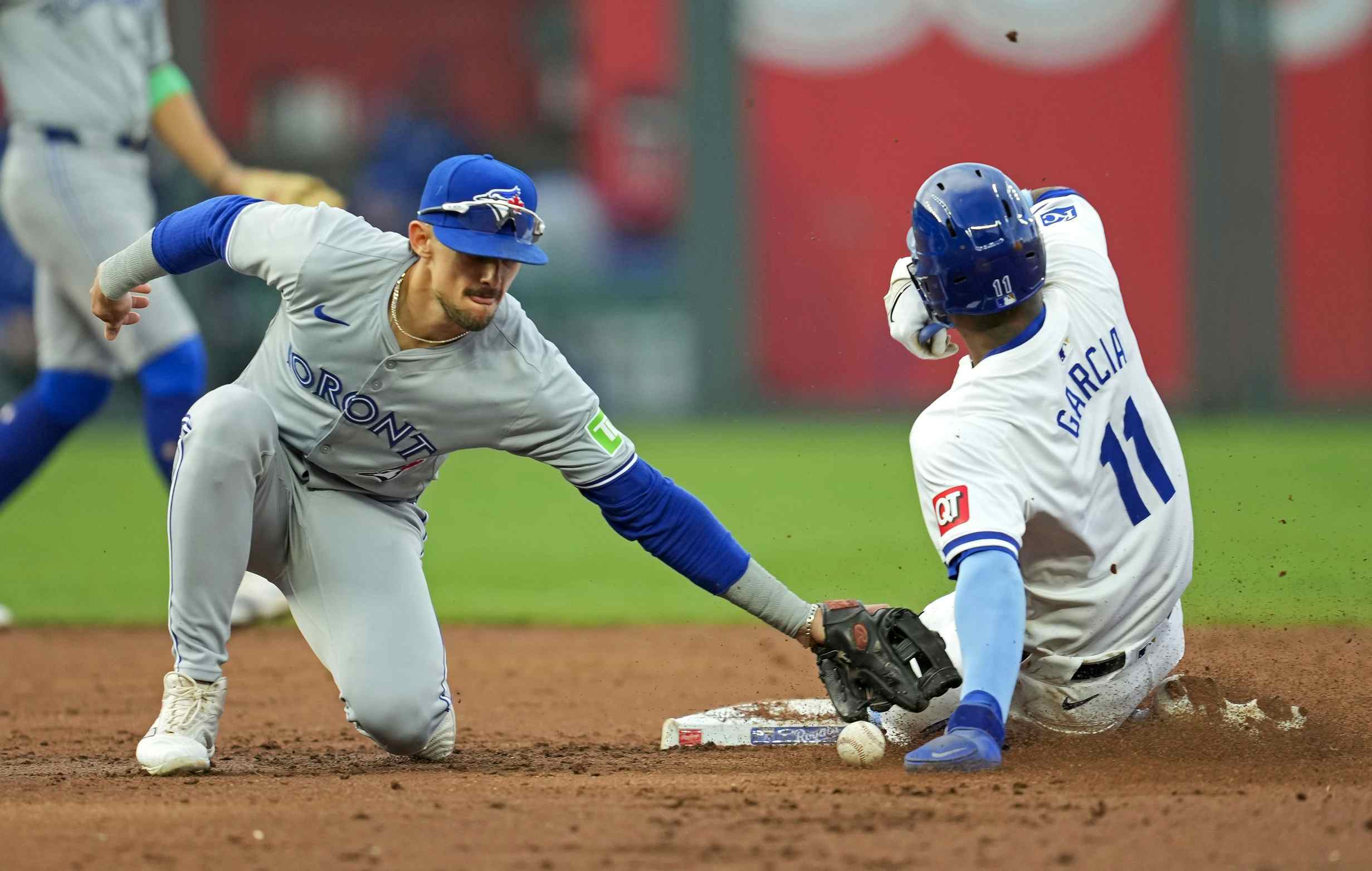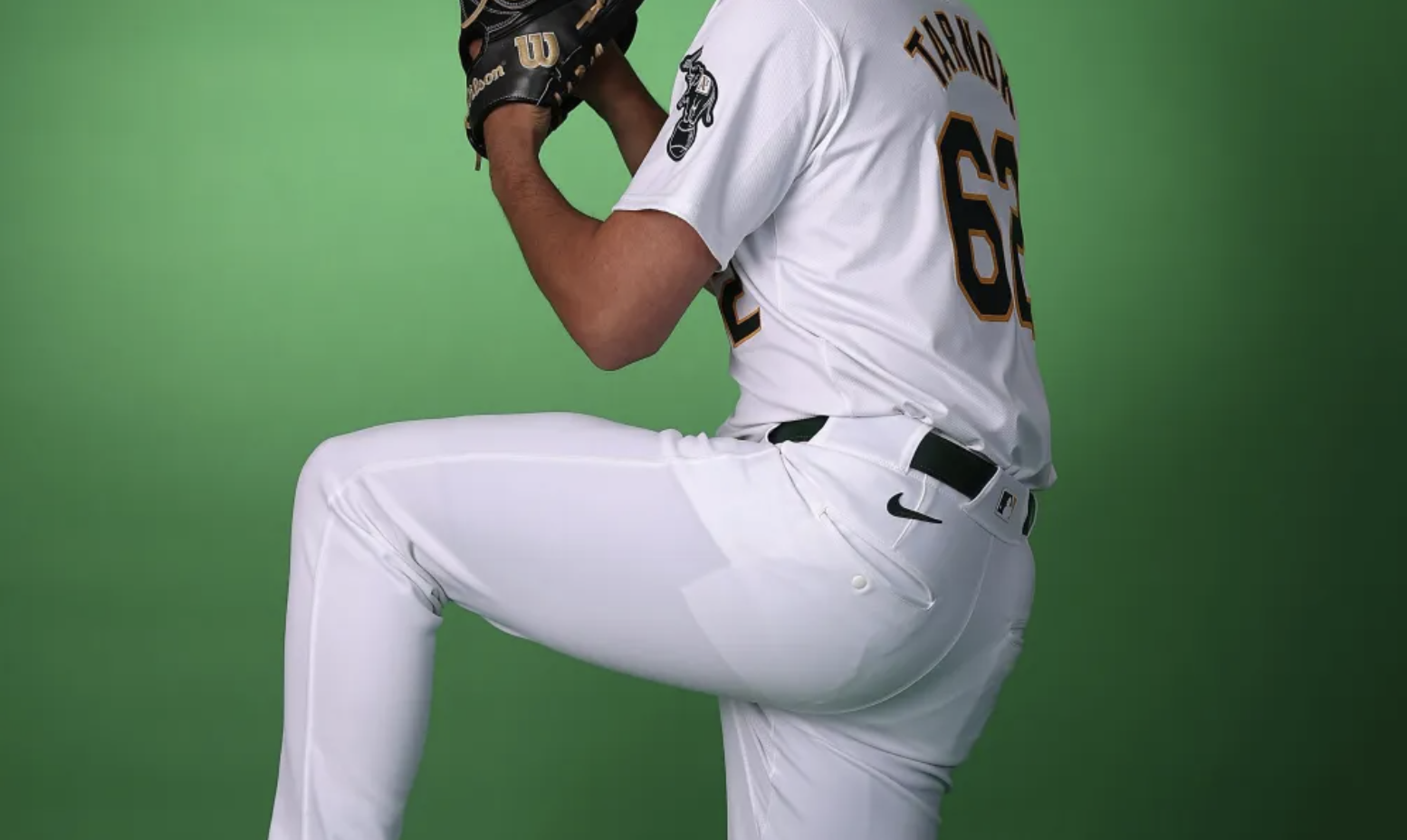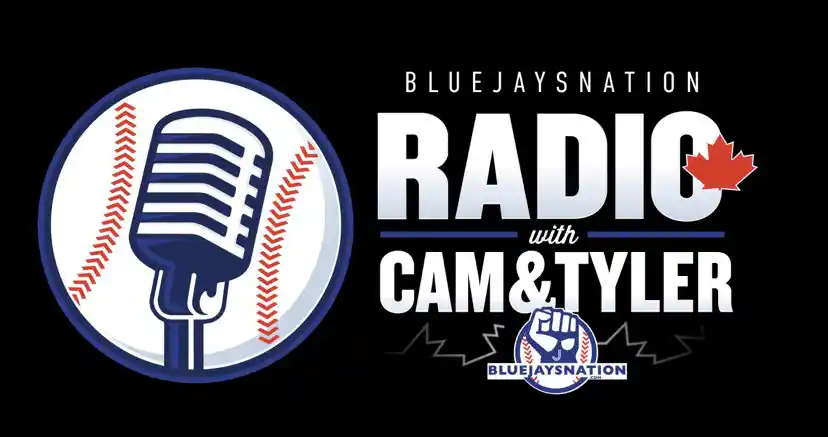Santiago Espinal is becoming a real prospect
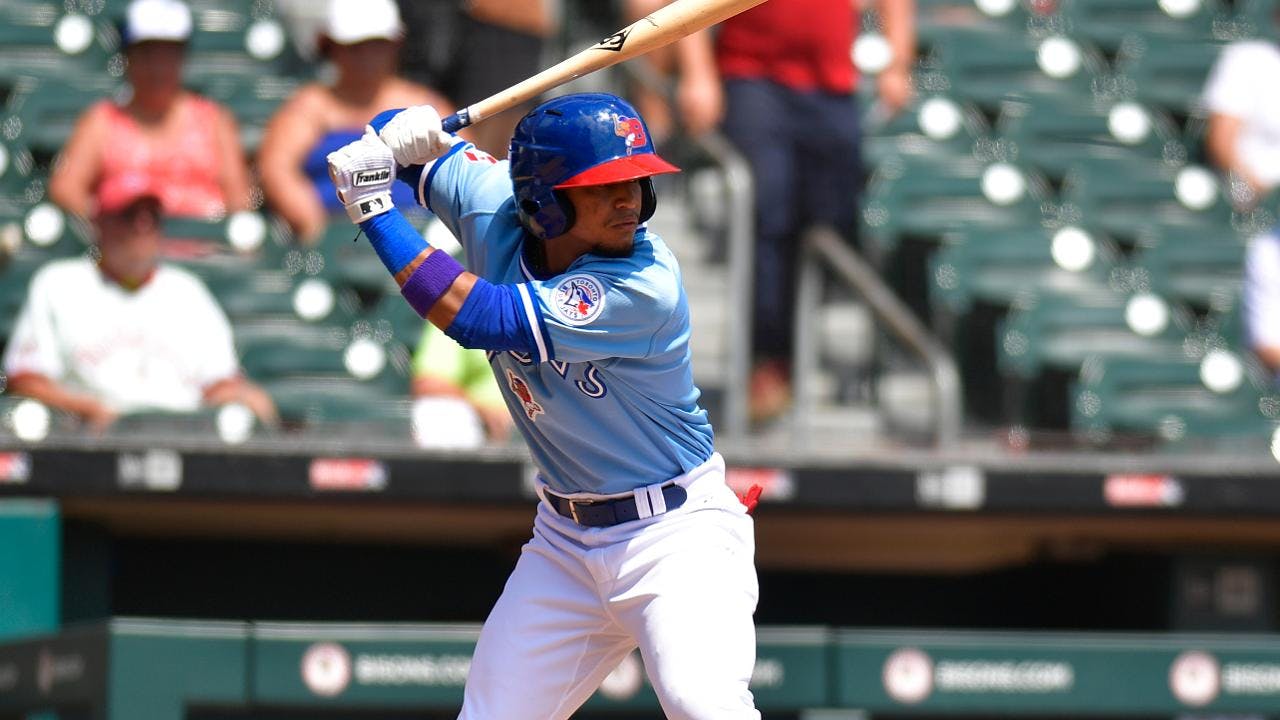
When the Blue Jays acquired Santiago Espinal from the Boston Red Sox he was as fringe as prospects can be. His “claim to fame” so to speak was a mention in a 2018 Carson Cistulli Fringe Five article at Fangraphs. That was the only time being mentioned in a Fringe Five post and had Cistulli not been hired by the Blue Jays it is possible Espinal would have made a couple more appearances in that series this year, as his play this season has warranted attention.
Espinal spent the majority of the season in Double-A where he turned in a respectable batting line of .278/.343/.381, good for a 115 wRC+, in 94 games, per Fangraphs. He made a fair amount of contact, only striking out 12.2% of the time with just a 7.0% swinging strike rate, both of which ranked in the top 10 among qualified Double-A hitters. He has a good idea of the strike zone, having a walk rate of 8.6%. This is what Espinal has done at every stop in the minors, and this is part of what garnered him a mention in that Fringe Five column.
The other part of his game that got Espinal into that Fringe Five piece was his ability to hit the ball in the air. When Espinal first joined professional baseball he was a worm burner. His first two seasons, 2016 and 2017 while with the Red Sox organization, he had ground ball rates of 47.2% and 46.2%, and a ground ball to fly ball rate of 1.49 and 1.38, respectively. Then in 2018 something changed. He moved up to A ball and cut his ground ball rate to 31.2%. He saw almost no change in his fly ball rate, turning all those ground balls into line drives.
Espinal has always been a player who pulls the ball. His pull percentage has hovered in the 48%-53% range for most of his time in the minors. Pulling the ball and getting the ball in the air lead to a ton of success for Espinal. He put up a 136 wRC+ in 65 games in 2018, before being traded to the Blue Jays. With the Blue Jays organization, Espinal kept the newfound ground ball rate but started hitting a ton more fly balls. His flyball rate jumped to 44.4%, significantly higher than the 33.3% he had in the three prior seasons. We don’t have statcast numbers for the minor leagues, but this type of dramatic increase in fly ball rate looks like a player who has joined the fly ball revolution and raised his launch angle. Take a look at a couple swings from 2018.
It looks like Espinal is channeling his inner Josh Donaldson, the big high leg kick and throwing his whole body into the ball. For a player of Espinal’s stature, he is listed at 5’10, 175lbs, he needs to put everything his has behind his swing to generate power. This approach worked, he hit 11 home runs in 2018 almost triple his career total.
Espinal’s power gains stagnated in his first full season in double-A this past season. He hit five home runs, which for him is a good total, but his slugging percentage dropped to under .400 and his iso fell to .104, a big drop from the .160 range he was at in Single-A. Even with the reduced power Espinal had a good season. He maintained his strong walk and strikeout rates, and had an above average season with a 115 wRC+. Espinal was rewarded with a promotion to Buffalo, and that is where things get interesting.
It was only a 28 game sample but Espinal’s walk rate dropped and strikeout rate increased, however he improved every part of his triple slash. He also saw a significant change in his batted ball mix.
| LD% | GB% | FB% | Pull | Centre | Oppo | |
| 2019 AA | 22.3% | 36.3% | 41.4% | 48.9% | 21.6% | 29.5% |
| 2019 AAA | 35.0% | 35.0% | 30.0% | 51.9% | 23.5% | 24.5% |
One thing pops out here, Espinal has traded fly balls in exchange for line drives. Everything else remained basically the same. He hit for a little bit of power, putting up a .115 ISO and hitting two home runs.
Buffalo has been a hot spot this season for swing changes. Every player sent down by the Blue Jays has returned with a slightly altered stance and/or approach. The same seems to be happening when players get promoted.
Espinal has significantly reduced his leg kick, and has eliminated most of his pre-pitch hand movement. This is a similar change to what Eric Sogard made when he was with the Bisons.
It remains to be seen if these changes will continue to yield success for Espinal. It was only 112 plate appearances and his success was partly fueled by a .392 BABIP. That BABIP is going to regress but he should remain an above average player as you would expect his walk rate and strikeout rate to improve as he gets more experience with the level.
Santiago Espinal isn’t some kind of uber prospect who is going to jump into the Blue Jays top 10, especially not at 24 years old. He has made some swing changes and has a sound approach at the plate. His line drive swing, coupled with the new Triple-A baseball should help him add the power that has always been lacking in his profile. He plays both middle infield positions and has experience in centre field. By all accounts he seems like a good defensive player. With the new roster rules next season, having a player who can play three premium positions, and play them well is an asset.
He is going to need another season at Triple-A to see if he can sustain this new approach over an extended period. As a Rule 5 eligible player the Blue Jays are going to have to make a decision this off-season whether to add Espinal to their 40-man roster. Given what he has shown so far in the minor leagues it wouldn’t be the worst move to keep Espinal around as he continues to improve from fringe prospect to major league player.
Recent articles from Paul Berthelot

